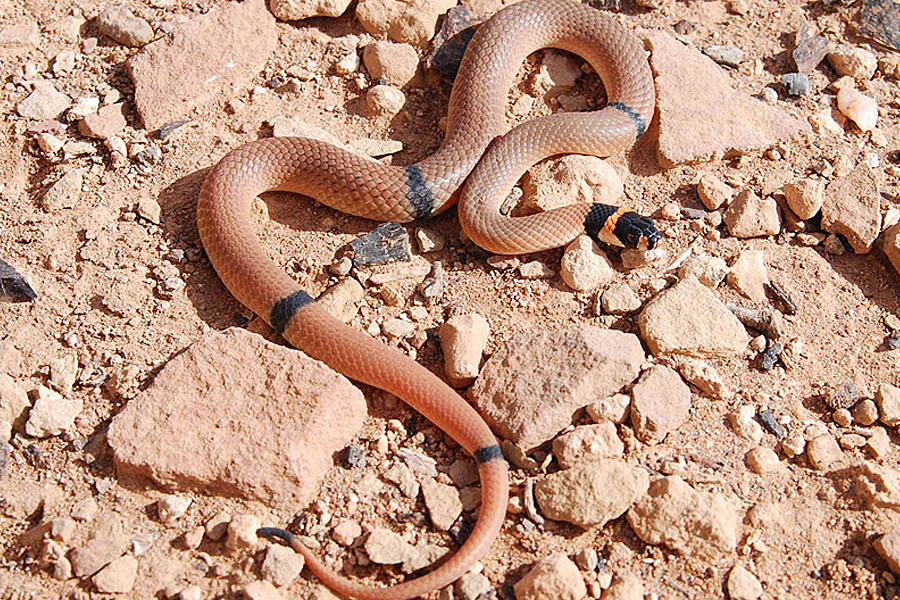Introduction
Tiger serpents (Notechis scutatus) are among the most interesting yet feared reptiles discovered in Australia. With their striking look and potent poison, these serpents evoke a blend of admiration and care. Observing tiger serpents in their native environment can be an exciting experience for nature enthusiasts, wildlife photographers, and researchers alike. However, it's crucial to approach this endeavor with respect for the pet's habitat and an understanding of safety measures to avoid snake bites.
In this comprehensive guide, we'll explore just how to securely observe tiger snakes in their natural environment. We will cover topics ranging from understanding their habits and habitats to emergency treatment for snake attacks-- outfitting you with expertise to improve your experience while reducing dangers.
What is a Tiger Snake?
Tiger snakes are extremely venomous snakes native to Australia, especially Tasmania and seaside areas. They are known for their distinct banded pigmentation appearing like a tiger's stripes, which can vary from yellowish-brown Symptoms of snakebite to dark brownish or perhaps black.
Physical Characteristics
Tiger snakes are tool to large-sized snakes that can mature to 2 meters long. Their bodies are robust, and they have a wide head that is distinctly broader than their necks.
Habitat Preferences of Tiger Snakes
These reptiles usually inhabit wetlands, tidewaters, and coastal regions however can additionally be located near freshwater sources like rivers and lakes. Understanding where these serpents live is critical for anyone seeking to observe them safely.
Understanding Tiger Snake Behavior
Are Tiger Snakes Venomous?
Yes, tiger serpents are among the most poisonous snake varieties globally. Their poison has neurotoxins that can bring about significant clinical problems if bitten.
Behavioral Traits
Tiger serpents are normally timid creatures; they favor to avoid human interaction. Nevertheless, they can become aggressive if intimidated or collared.
Where Can You Find Tiger Snakes?
Tiger Snake Environment Exploration
To safely observe tiger snakes in their natural habitat, it's necessary first to identify where they grow. They often tend to prefer:
- Coastal marshlands Mangroves Swamps Riverbanks
Best Areas for Observation
Some recommended locations include:

- Tasmanian wetlands The coastlines of southern Australia National parks with water bodies
Safety Precautions Prior to Observing Tiger Snakes
Understanding the Dangers of a Tiger Snake Bite
Although encounters with tiger snakes can be thrilling, being aware of the threats entailed is extremely important:
Recognize signs and symptoms of a snake bite: swelling at the website, pain emitting from the bite area. Know emergency calls: Acquaint yourself with regional emergency situation services. Carry a first-aid kit particularly geared up for serpent bites.First Help for Snake Bites: What You Need to Know
Knowing what steps to take if bitten can conserve your life or someone else's:
- Stay calmness; movement increases venom spread. Call for medical aid immediately. Do not apply ice or attempt suctioning.
How to Securely Observe Tiger Snakes in Their Natural Habitat
When you make a decision to observe tiger snakes in the wild:
Dress Appropriately: Wear lengthy trousers and strong boots. Use Binoculars: Keep a secure range while observing these reptiles. Avoid Unexpected Movements: Quick activities may surprise them. Stay on Established Trails: Prevent wandering right into dense underbrush where exposure is low.
Equipment Needed for Observation
Essential Equipment Checklist
- Binoculars First-aid kit particularly developed for snake bites Field guidebook on Australian reptiles Camera (with zoom capacity)
Snake Bite Emergency treatment Set Essentials
A well-equipped emergency treatment package need to include:|Thing|Purpose|| -------------------------------|-------------------------------|| Compression bandage|To paralyze the afflicted area|| Antihistamines|For allergies|| Emergency situation call numbers|Quick accessibility throughout emergencies|
Interpreting Tiger Snake Signals
Understanding just how tiger serpents connect via body movement aids onlookers determine when it's safe or harmful:
Common Behaviors
Defensive pose: If curled or elevated off the ground. Retreating habits: When they gradually pull back from potential threats.Dealing With Potential Encounters
Even with preventative measures taken, an encounter may still happen throughout your monitoring journey:
Remain tranquility; stressing only heightens risks. Slowly retreat without transforming your back on the snake. Make your visibility understood vocally yet stay clear of unexpected movements.Frequently Asked Questions About Tiger Snakes
1. What should I do if I see a tiger snake?
Remain calm; observe from a distance without troubling it.
2. Are infant tiger snakes dangerous?
Yes, juvenile tiger serpents are birthed venomous and may present dangers similar to adults regardless of being smaller.
3. Exactly how common are tiger snake bites?
While cases happen every year in Australia, fatalities are rare as a result of timely treatment availability.
4. Can I maintain a tiger snake as a pet?
Keeping wild tiger serpents as animals is prohibited in lots of areas due to conservation laws.
5. What does a tiger snake attack look like?
Bite marks generally Australian snake facts reveal 2 puncture wounds together with local swelling and discoloration.

6. Just how effective is antivenom?
Antivenom therapy is highly effective when carried out timely after a bite.

Conclusion
Observing tiger serpents in their all-natural environment offers an exciting possibility for wildlife fans but must be come close to with care and regard for both the animal and its setting. By arming on your own with knowledge about these fascinating reptiles-- consisting of comprehending their behaviors and safety measures-- you can delight in remarkable experiences while significantly reducing threats related to encounters.
In summary, always focus on safety and security by preparing properly before embarking on any wildlife observation exploration-- especially when handling tiger snake habitat some of nature's most venomous animals like the tiger snake!